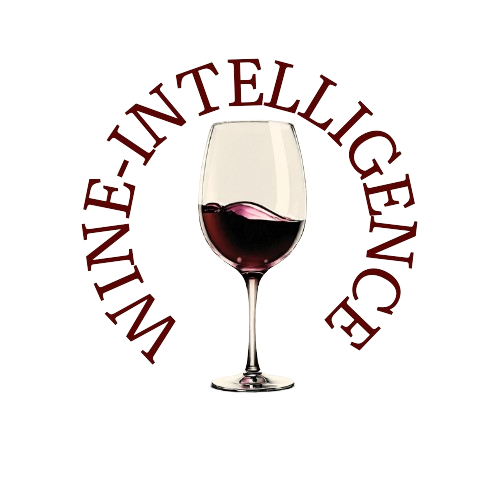Few stories in the wine world over the last two decades rival the meteoric rise of Prosecco. Once a regional sparkling wine from Veneto and Friuli Venezia Giulia, it has grown into one of Italy’s strongest global ambassadors.
In the United States—the single largest market for Italian wine—Prosecco today represents not just a popular drink, but a cultural phenomenon that has reshaped consumption trends.
From Zero to Half a Billion in Fifteen Years
The turning point came in 2009 with the redefinition of Prosecco’s production pyramid: Conegliano Valdobbiadene Prosecco Superiore DOCG, Asolo DOCG, and Prosecco DOC. In just fifteen years, the denomination’s value in the U.S. soared from nothing to over USD 500 million, according to the latest focus by the UIV-Vinitaly Observatory. Even more striking, in the last seven years alone, Prosecco has grown by 178%—four times faster than the overall “Made in Italy” wine category.
In 2024, Prosecco achieved an all-time record value of USD 531 million in the U.S., making up 31% of Italian wine sales by value. The trend paused briefly during the pandemic in 2020, but quickly rebounded with a 90% surge over the following four years.
Winning Over Millennials and Women
Prosecco’s popularity in the U.S. is broad-based, but its strongest appeal lies among younger demographics and women. Millennials account for 27% of its consumer base, and 6 out of 10 Prosecco drinkers are women. This demographic strength makes it not only a wine of celebration but also a “symbol of sharing,” as noted by Carlo Flamini, director of the UIV-Vinitaly Observatory.
Flamini also highlights its extraordinary consumer recognition: Prosecco now enjoys 40% awareness among U.S. wine consumers, second only to Champagne at 52%. Yet, in terms of purchase conversions, Prosecco has already overtaken Champagne, with a 31% share versus 24% for the French rival.
A New Sparkling Wine Leader
Data from SipSource confirms Prosecco’s dominance. In the first seven months of 2024, it captured 30% of the U.S. sparkling wine market by value, surpassing Champagne’s 28%. Prosecco today represents 87% of Italian sparkling wine sales in the U.S., and fully a quarter of all Italian wine sales.
Geographically, consumption is strongest along the eastern seaboard—from New England to the Mid- and South Atlantic states—but significant growth potential remains in the West and East North Central regions.
Beyond the Wine Glass: Mixology and Formats
Prosecco’s success is not limited to the traditional flute glass. It has become integral to American cocktail culture—fueling spritzers, fruit juice mixes, and ready-to-drink formats that resonate strongly with women and Gen Z. According to IWSR, this versatility cements Prosecco’s identity as both a wine and a lifestyle beverage.
Challenges Ahead: Tariffs and Demographic Shifts
Despite its resilience, Prosecco faces future challenges. Tariffs, shifting purchasing power, and competition from other categories—cocktails, hard seltzers, and RTDs—remain pressing concerns. Equally important is the need to diversify its consumer base. While Prosecco is highly popular among Caucasian consumers, IWSR data suggests opportunities in reaching more multi-ethnic audiences, who are shaping the next phase of U.S. beverage consumption.
Vinitaly.USA: Promoting Italian Excellence
Prosecco’s continued expansion will be in focus at Vinitaly.USA (Chicago, October 5–6), a B2B showcase dedicated to Italian wine. With 250 exhibitors representing over €7.2 billion in combined turnover, the event reflects both the resilience and ambition of Made in Italy wine. According to Veronafiere CEO Adolfo Rebughini, Prosecco’s trajectory demonstrates the power of coherent promotion strategies:
"When Italy combines quality and promotion, it can establish itself as a global leader."
From Veneto’s vineyards to America’s glasses, Prosecco has proven more than a passing trend. It is a case study in how tradition, smart branding, and adaptability can converge to build a global icon.
Source: WineNews

